… from the Wychwoods Albums Archive
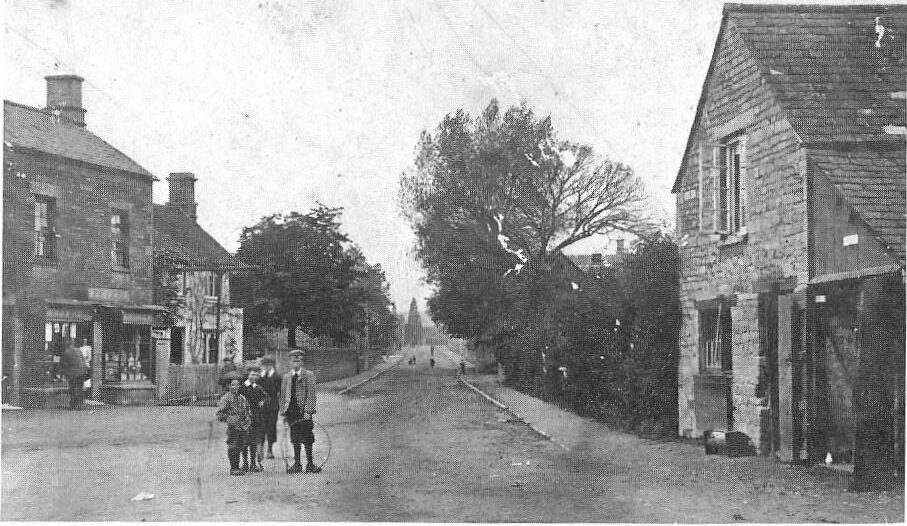
The boys with their iron hoops stand outside the blacksmith’s forge on the right, now converted to a house.
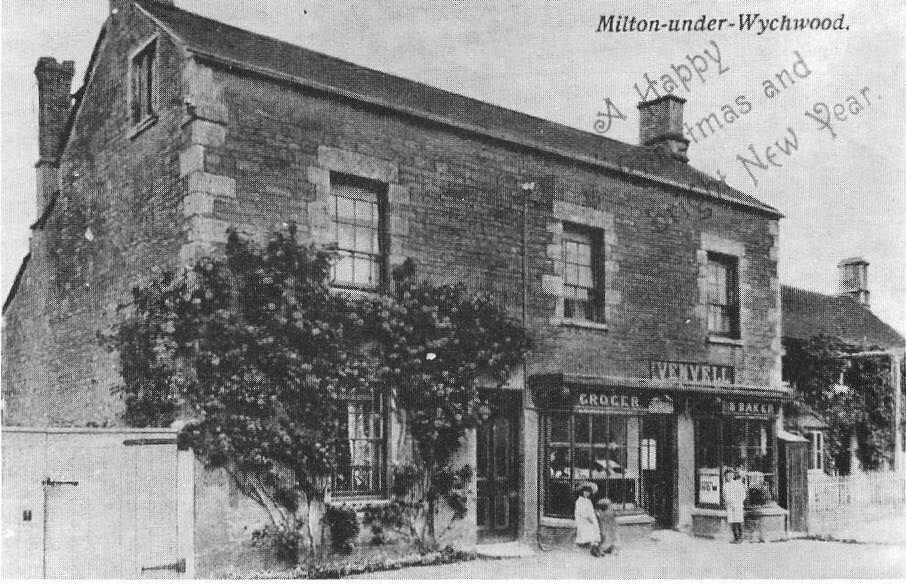
Wishing the season’s greetings, this postcard was sold at Venvell’s Stores. Thomas Venvell of Ascott under Wychwood acquired the shop in 1871, becoming postmaster in 1883. Archibald took over from his father and the business continued in the family until 1935.
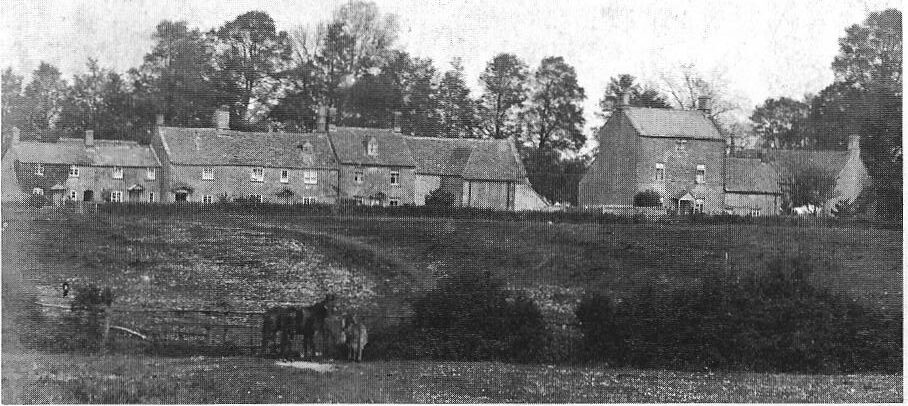
The building on the extreme right was the Society of Friends Meeting House which was established together with a burial ground by Robert Secoll in 1669. In 1925 the property was sold and divided into two cottages. Proceeds went to the Robert Secoll charity, interest from which is still received by the Oxford Quakers today. This information was supplied by Sandra Seacole who coincidentally occupies one of the cottages today.
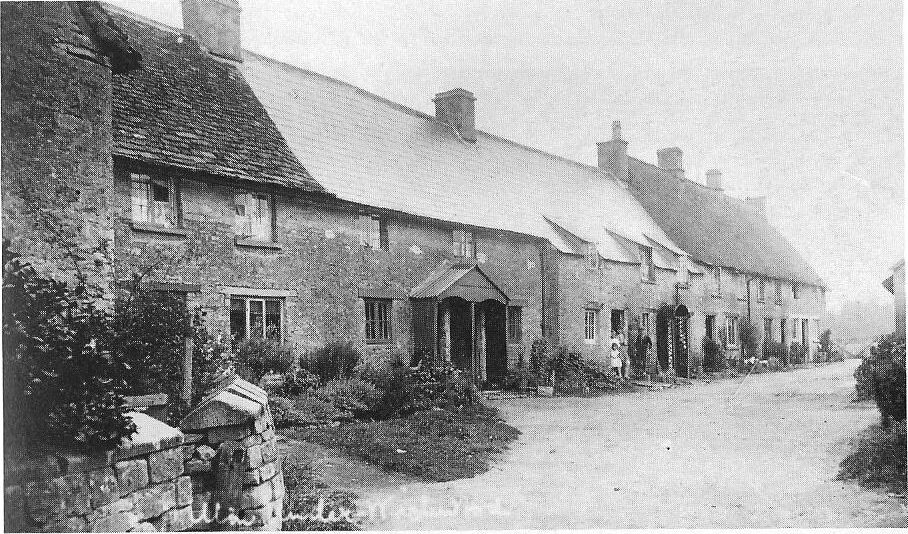
Formerly called Hawkes Yard, the cottages were originally thatched buildings belonging to Mr Hawkes’ farm, the corner of which can be seen on the left. This is one of several groups of cottages which housed a large number of people in earlier times. Many were the homes of agricultural labourers and Groves’ workers. In the 1881 census there were nine households here, with sixteen of the thirty occupants with the surname Miles. At the far end of The Terrace is the Strict Baptist Chapel built in 1882.
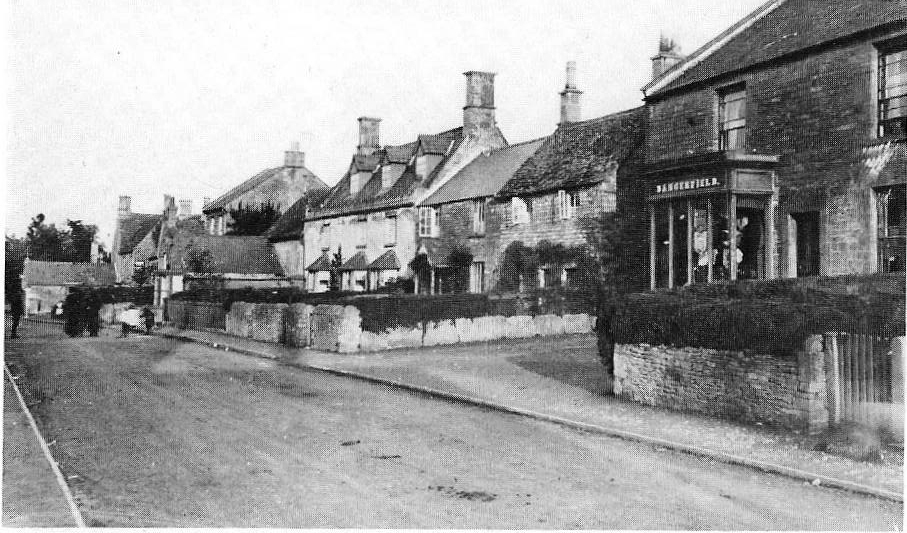
Miss Lydia Dangerfield kept the draper’s shop on the right. There are many entries in the minute book of the Infant Welfare Clinic of wool bought from her for knitting into baby garments. She often gave one farthing change as a sheet of pins.
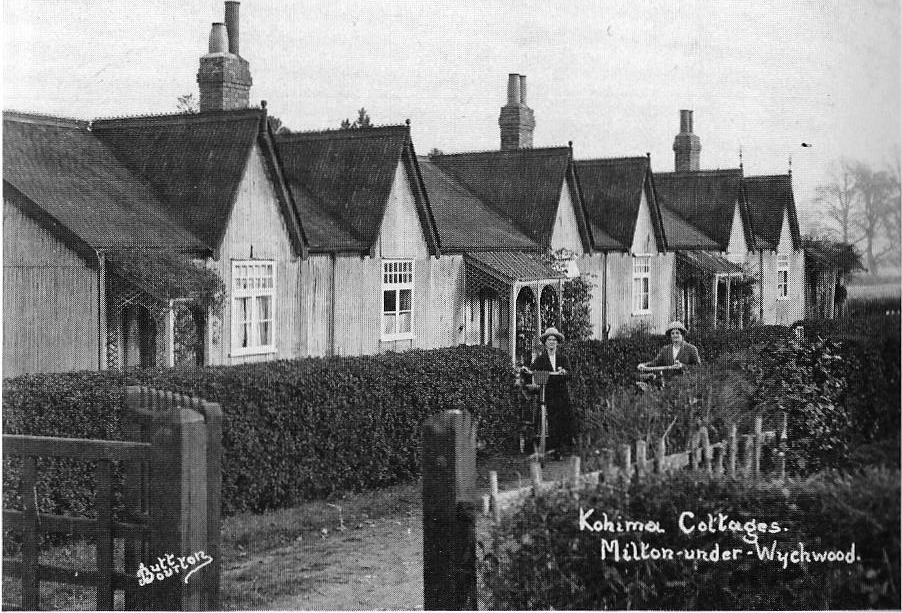
The cottages were built in 1893 by the widow of Colonel Damant who was killed at Kohima in 1857 during the Indian Mutiny. Mrs Damant wanted to help other widows of the mutiny during their last years and built the row of six one-bedroomed cottages on land adjoining her house, now Heath House. Corrugated iron, a revolutionary building material at that time, was used for both the outer walls and the roofs. It is likely that the cottages were one of its first applications. Flush toilets and mains water were added in 1929.
After the last war the cottages were used as temporary housing until their demolition in 1978. A bungalow, the last in Lyneham Road, now occupies the site.
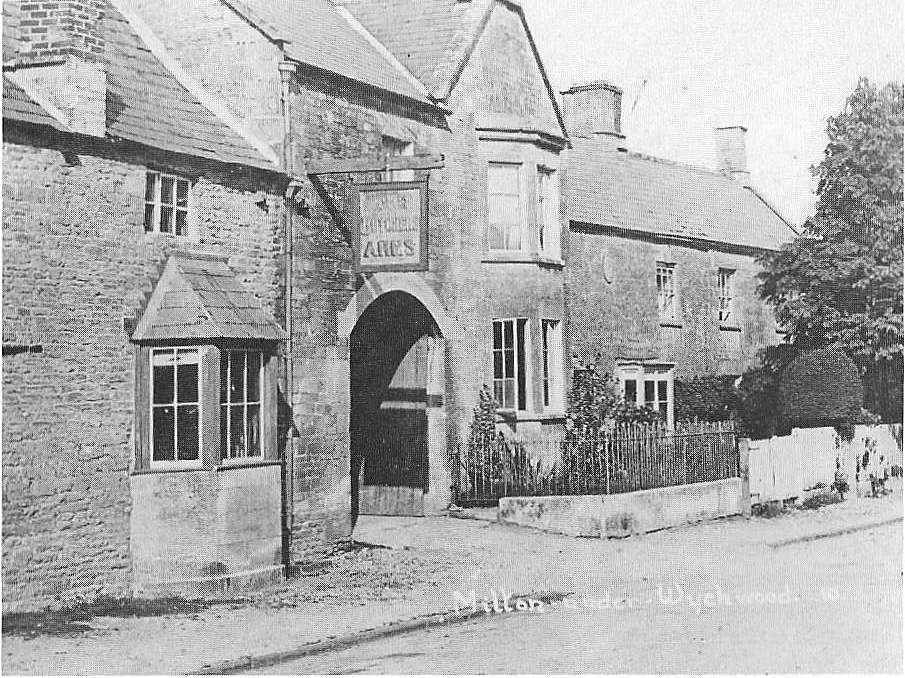
This public house (previously a butcher’s shop and abbatoir) closed in 1970 and is now a private residence.
The extension to the left was demolished some years ago to make a car park but has recently been replaced. Milton vestry meetings were held here. The house on the right also used to be an ale house – the Black Horse – and the beer cellar with domed roof can still be seen in the yard. The far end of the house has also been a laundry.
Wychwoods Album Menu
This is one of series of snapshots taken from the Society’s publications “The Wychwoods Albums”. These publications from the mid to late 1980s feature a variety of images of the Wychwoods, all of which deserve a place in our expanding online archive.
Select from:
The Shaven Crown | Shipton Village Panorama | Shipton Post Office 1908/10 | Shipton Views Early 1900s | Aspects of Milton 1900s-1930s| Milton & Shipton Churches | Early 20th Century School Life | Shipton Court in 1895-1910 | Road and Rail | Matthews Mill, Shipton | Alfred Groves – a Historic Family Business | Vintage Transport and Deliveries | Agriculture and Manufacturing | Some Local Wychwoods Characters| Wychwoods Group Activities| Wychwoods Album Home

